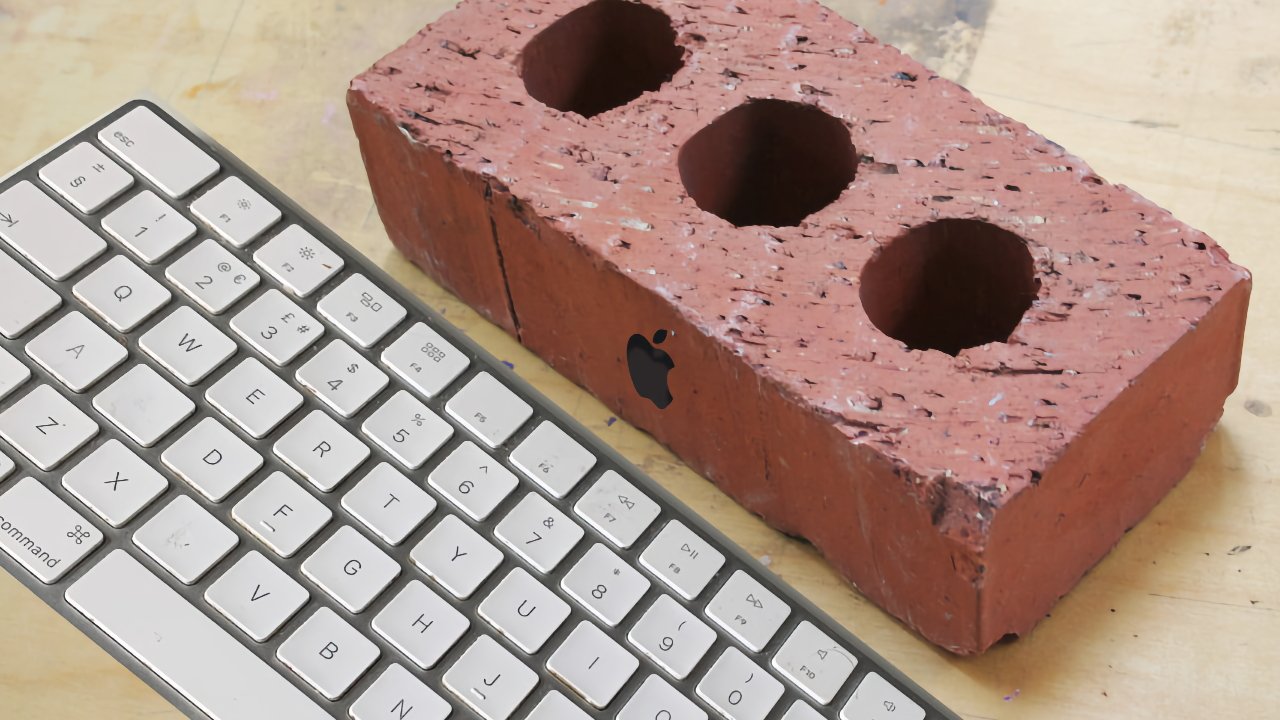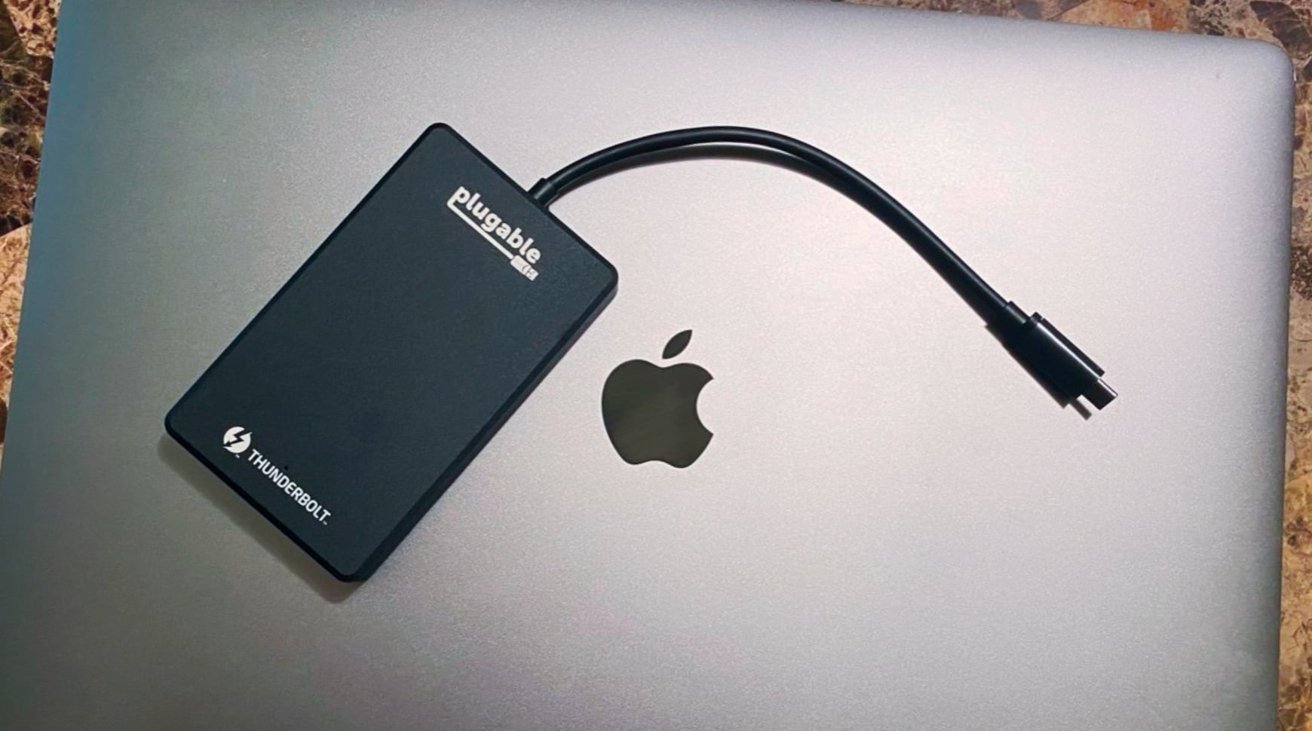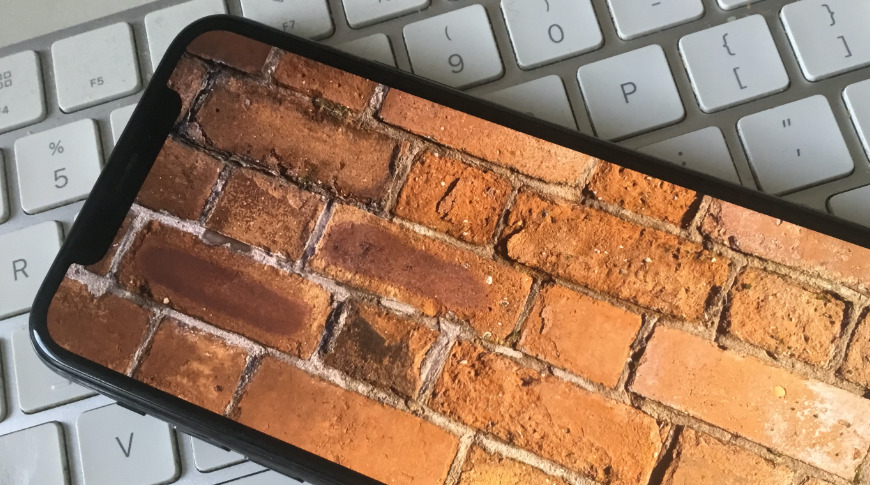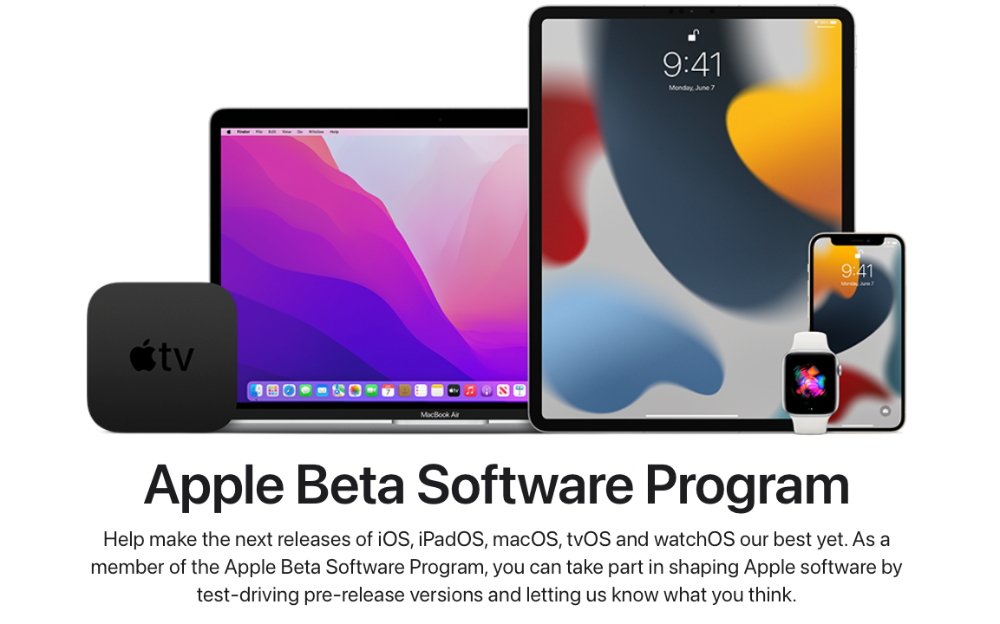You're taking a big chance running macOS or iOS betas on your production hardware
No matter how great Apple makes some new macOS, iOS, or iPadOS feature sound, never install beta versions on hardware you rely on for work.
Apple does now routinely release beta versions of its latest operating systems to developers first, then to the public shortly afterwards. It's obviously tempting to install them since Apple has always added excellent features and, moreover, made them sound fantastic.
But Apple does not do this for fun. It releases beta test versions so that they will be tested by more people than even it could ever pay.
Unless you're a developer, there are no good reasons to install any beta software, whether it's a tiny utility or something as huge as an entire macOS or iOS update.
And even if you're a developer, you should only do it on a secondary Mac and extra iOS device, preferably not associated with your main iCloud account. Apple's operating systems are increasingly interrelated and you can't always try out a feature on one without trying it out on the other.
And because of that increasing complexity, it will go wrong. If the beta versions of macOS and iOS did not go wrong, Apple wouldn't have to wait until September or October before it releases the final version.
Whether you've been lucky before and the betas have always worked for you, has no bearing on whether you're going to be lucky again. Eventually, you will lose data, and you will crash your device.
So, the best tip for how to install and run a beta version of macOS, iOS, or iPadOS, or watchOS, or tvOS for most people, is don't do it.
Forget booting from an external drive
It used to be that you could create a bootable external drive and install a macOS beta on that. But don't count on it any more.
Since the 2017 introduction of the T2 chip handle secure booting, Apple has been discouraging attempts to create external boot disks.
You could do it then in 2017, and you could still do it in 2019 with a little effort. And even in 2021, it was possible, but certain macOS releases made it problematic, and it seemed almost random whether your USB-C external drive would boot or not.
We can and do lament Apple making it harder to have an emergency backup boot drive. For as well as making it harder to have a beta macOS on such a drive, it also makes it very difficult to restore a Mac that's gone wrong under the beta.
Unexpected problems
Most of the time, what goes wrong is that you hit bugs. There are combinations of applications and files that Apple hasn't foreseen, and which trip up what you're testing.
Or, there are failings in the operating system itself where without you even getting to launch an app, something goes wrong.
And when it goes wrong, it is rarely trivial. It is more likely that you will lose data, certainly the data that you're working on right now.
But it can also be all the data on device. If that's the case, most of the time, you can get back to a working device.
But it also takes a lot of time, a lot of effort, and it isn't guaranteed.
Avoid the final version, too
At risk of sounding like we'll never update anything, you must ignore betas and we generally recommend that users should also ignore final releases — at least for a week or two.
Apple can count on a large number of developers, with spare devices, testing out the betas because they must. The company can also count on a large number of users who risk doing the same.
Yet when an OS release is finished, it gets taken up by gigantically more users — and they will find more problems.
Some of those will be bugs, but others will be incompatibilities. Even if developers have stuck firmly to Apple guidelines over the years, there is a chance that they will have to update their apps to work with the latest OS.
And, at least on the Mac, there are plenty of examples of when developers have not stuck to the guidelines. Then something that worked under, say, macOS Monterey, may not work under the latest macOS.
Don't blame Apple
Blame Apple for making it harder to have an emergency external boot disk, but the company is not to blame for making beta software that causes problems, because finding those problems are the entire point of a beta program. Maybe AppleInsider puts it all a bit more strongly, but even Apple warns against using beta software.
This is Apple doing a very good job at creating major operating system updates that will present the fewest possible problems when they are finally released.
Unless Apple is paying you to risk your devices, though, applaud from the sidelines and wait for those final releases.
 William Gallagher
William Gallagher

















 Amber Neely
Amber Neely
 Thomas Sibilly
Thomas Sibilly
 AppleInsider Staff
AppleInsider Staff

 Malcolm Owen
Malcolm Owen
 Christine McKee
Christine McKee










9 Comments
Installing on my work device now!
excited
I usually install beta's on a bootable Beta Volume on my Mac within the same AFPS Container. Is this MacOS Ventura beta v13 any different for that?
Sending this from my only iPad on iPadOS 16… will be testing some beta software, but also some of new features in maps to see if they will work for partners small business 10 -15 stop routes from calendar entries (that’s looking like a success so far)
So far things are working ok…
I do it on my phone only. Unless a release bricks the phone, it’s all on iCloud anyway. I’d be hesitant on my Mac. iPad? I don’t do it but I could as it’s just a secondary device.